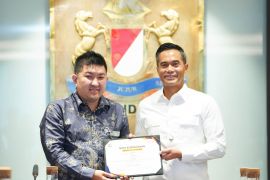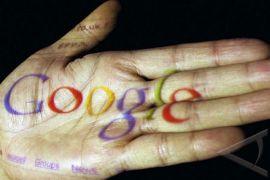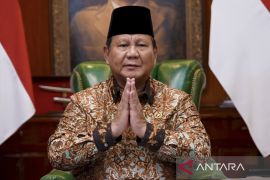Mujahid Shafiq M.A. Pontoh, head of Indonesia Berkebun, and Wahyu Widodo Pandoe, a Marine Survey Program Manager from Indonesia`s Agency for the Assessment and Application of Technology, also participated in the discussion, which highlighted how governments, civil society, and individuals can use Google Earth technology, the US embassy said in a press statement here Thursday.
During the discussion, Jones demonstrated different uses for Google Earth, navigating the program from the streets of San Francisco to the surface of the moon and ending in the ocean depths off Indonesia.
Although only 22 percent of the world`s population has access to computers, Michael Jones provided attendees startling statistics on Internet use.
For example, there are 1 billion Google searches every day, 300 million Internet users reading blogs, and 2 billion videos viewed daily on YouTube.
Jones emphasized the challenge for the 22 percent of the world`s population already online is to facilitate connectivity for the remaining 78 percent offline, particularly in light of the importance of an informed electorate to establishing and maintaining democracy.
During his presentation, Shafiq explained how the Indonesia Berkebun movement uses Google Earth to identify unused urban spaces for conversion into gardens, which helps protect the environment and provide revenue to the growers.
Pandoe used Google Earth to show footage from the NOAA-sponsored Okeanos Explorer research mission to Indonesia in 2010, including video of newly-discovered sea creatures in Indonesian waters.(*)
Editor: Aditia Maruli Radja
Copyright © ANTARA 2011








